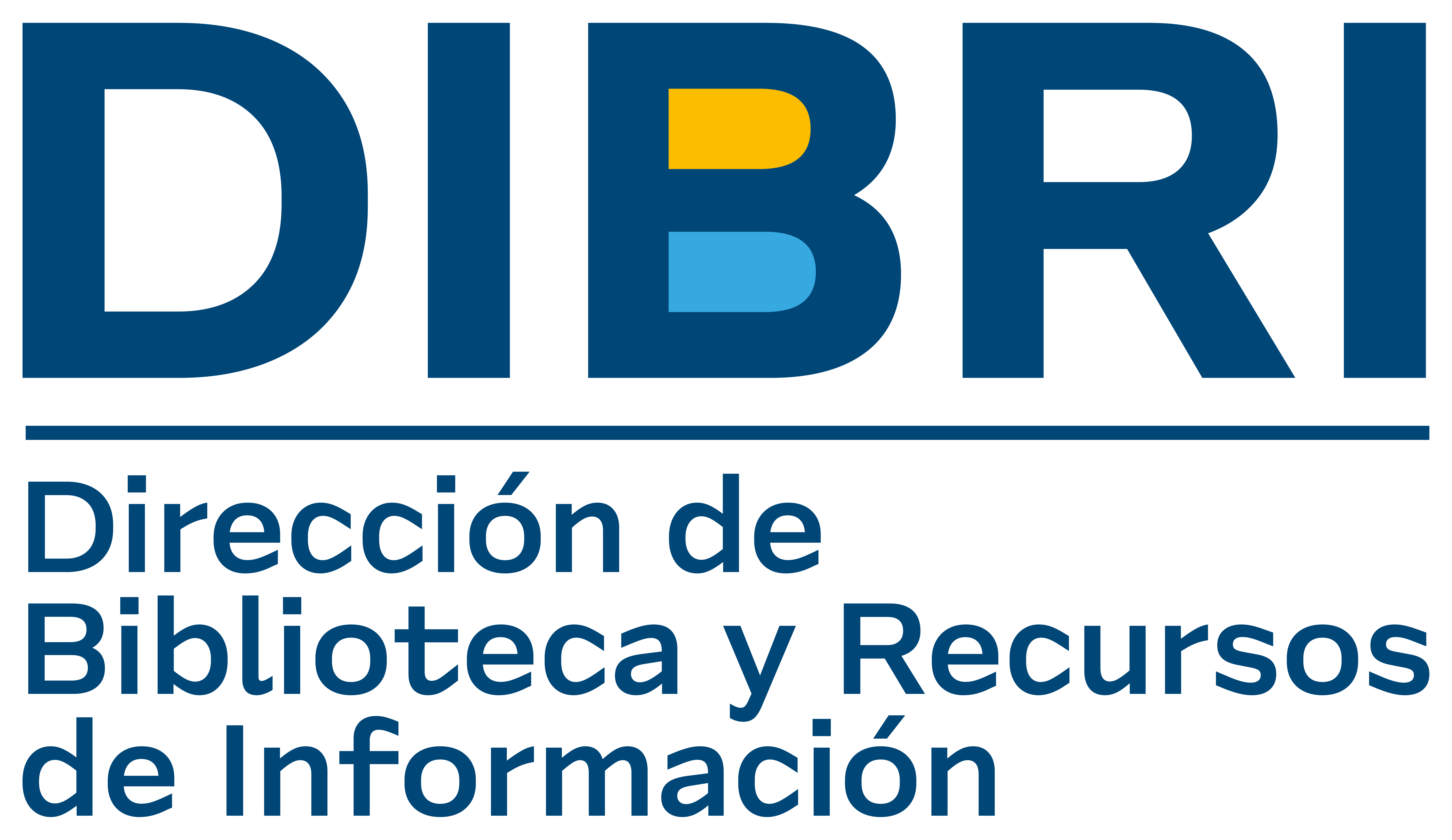A study on syntactical and morphological mistakes in 4th and 5th year students of the english teaching training program at Universidad Católica Silva Henríquez
Resumen
How should we teach grammar? What are the best approaches and methods to teach it? Every time teachers discuss the importance of teaching grammar to English language learners, there is not only one correct answer with regard to this matter. In fact, the way we teach grammar will depend largely on our objectives, the students’ needs, our class environment, our own appreciation of grammar teaching, among many other factors that should be taken into account when English language teaching (ELT) is being debated. However, it is widely acknowledged how important grammar really is for any language learner and, while it may not be the most fundamental feature of a language, grammar is indeed as significant and important as learning all other aspects of language such as phonology, semantics, or even pragmatics. But, what is grammar after all? Well, as a matter of fact, the notions of grammar have changed over the past few years, so it is not an easy term to define. Nevertheless, we will quote the definition which best summarizes such a concept in our thesis. Grammar has been defined by Richards, Platt and Weber (1985) as “a description of the structure of a language and the way in which linguistics units, such as words and phrases are combined to produce sentences in the target language”. However, most of the definitions with regard to grammar describe the strong attachment between grammar and communication. This is why we believe that the more language learners understand grammar, the more clearly, meaningfully, and freely, they will be able to organize and communicate their own ideas as well as comprehend the ideas of others, especially if these learners are just one step away from becoming future teachers of English. The researchers have noticed that several linguistic doubts arise in the students once they have undergone and fulfilled their five-year English Teaching Training Program at UCSH. Particularly, doubts related to grammar features. This issue is even more noticeable once the teacher-to-be deals with the difficult task of preparing a written thesis completely in English and later, presenting and defending their findings of the research study in front of linguistic experts. As a matter of fact, the whole process ended up being really challenging since most of the participants of this study, future teachers of English, started studying the English language several years after puberty. According to The Critical Period hypothesis if students do not acquire a second/foreign language before puberty, they will always have problems with some parts of grammar (Lenneberg, 1967); therefore, we might never master the language as well as a native speaker. This hypothesis has long been debated and resisted; however, most linguists still agree with Lenneberg’s premise. Furthermore, there is not enough exposure and contact with the target language throughout the course of our program and we go on using our mother tongue, Spanish, just about half of the time, that is to say, in the English language courses only. Therefore, we will find several situations where the lack of strong grammatical instruction is evident. For instance, the informant professors, who review and analyze the written thesis work prepared by UCSH students, come across with countless elementary syntactical, morphological, and even orthographical errors. On the other hand, students who are applying for a scholarship to study abroad are not able to pass the international examination since they do not have the required level of English proficiency to meet the English language requirements. Unfortunately, it has been demonstrated that one of the hardest sections for the students to approve is the grammar section indeed, due to its complexity and difficulty when it comes to master the grammatical rules by heart. Due to the situations aforementioned, we believe that a research study project focusing on the description of the syntactical and morphological errors made by fourth and fifth year students at Universidad Católica Silva Henríquez became more and more necessary. In addition, the creation of a record to classify and identify the most common errors was essential; not only to be aware of those mistakes, but to look for ways to avoid them, to prepare both syntactical and morphological contents in the grammar-oriented courses with useful and up-todate data based directly on the main source of errors, UCSH students.



